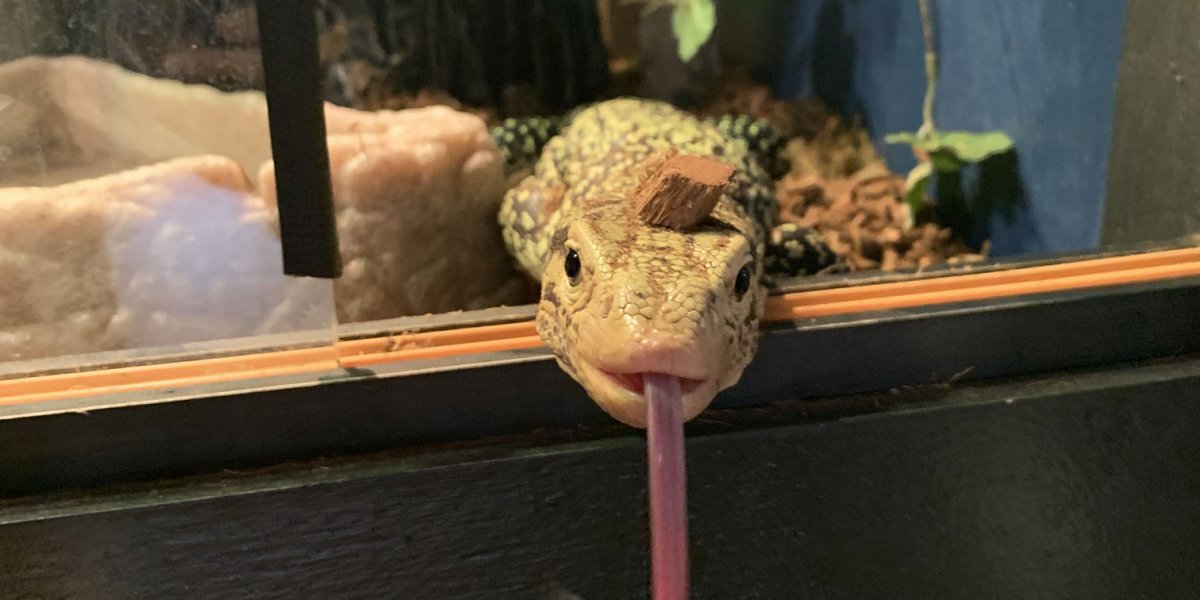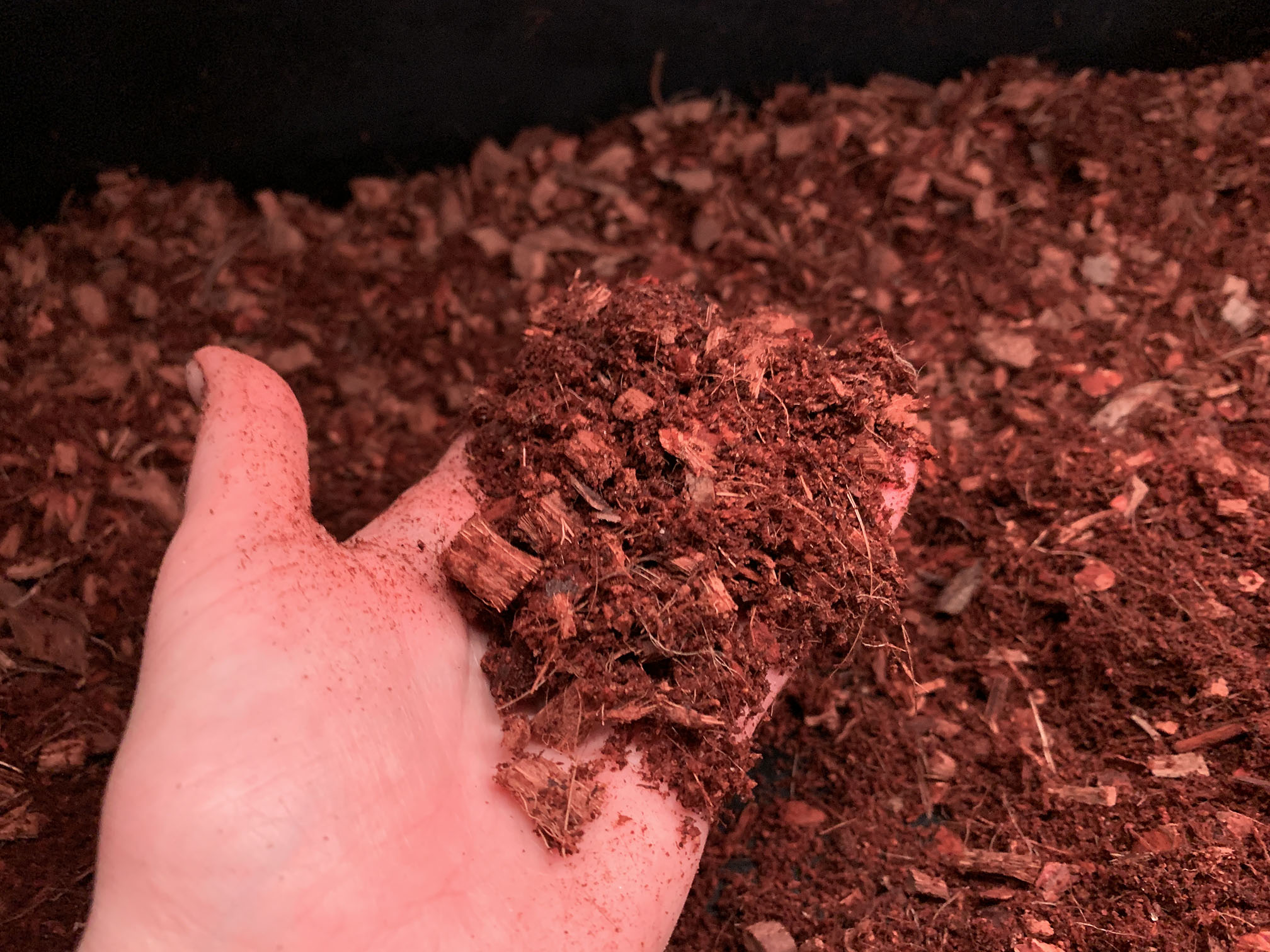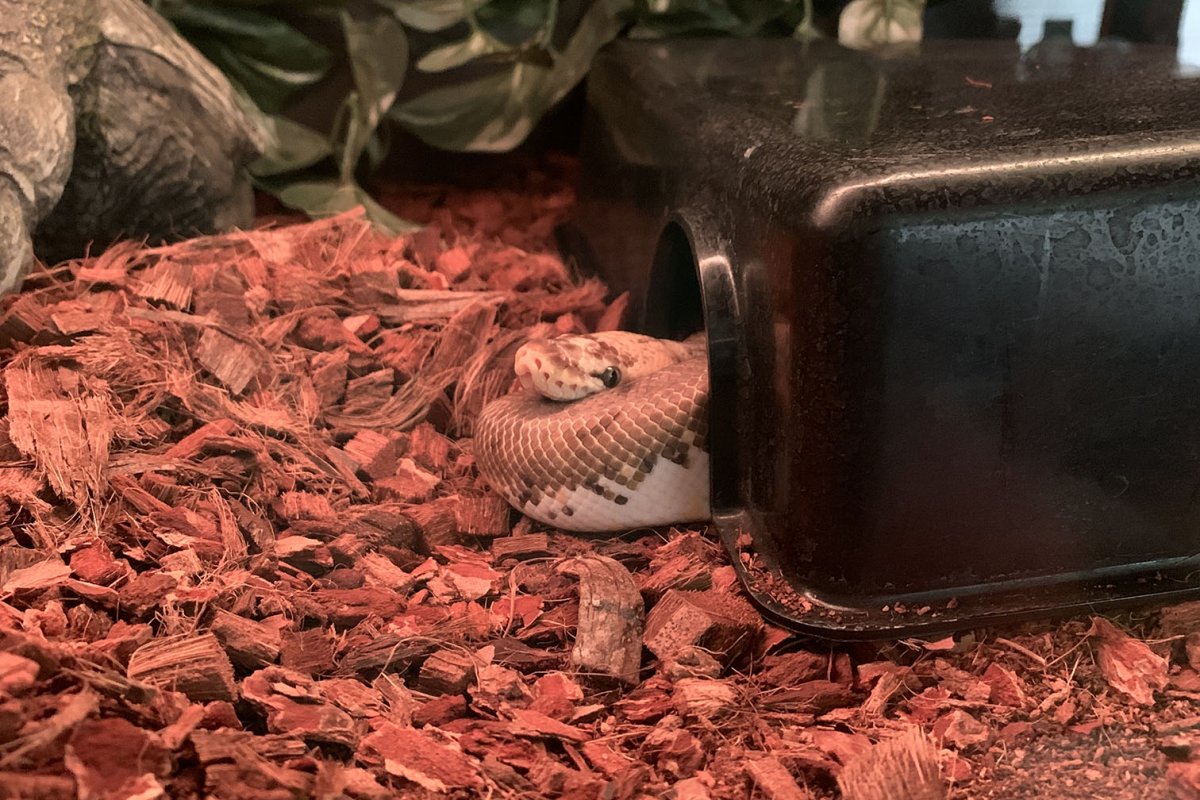Introduction
Humidity is a very important aspect of reptile care, and it’s important to know what a specific species requires when setting up an enclosure. Where the animal is kept matters quite a bit, too. For reptiles kept in a “reptile room” where the entire room is maintained at a specific temperature and humidity, substrate and tank type may be a bit more flexible. Sometimes the enclosures themselves, like PVC or tubs kept in PVC racks, can help to maintain more control over temps and humidity. Therefore, everything has its own balance.
Substrates discussed here will be on the properties of the substrate itself. In the end, though, weigh all factors to determine what works best for you.
General Substrate rules
- Pine and cedar, which are often added to mulches, are toxic to reptiles and can cause permanent neurological damage.
- Don’t just look at pictures on the bag. There have been bags of pine bedding with pictures of reptiles on them. Pine is toxic to reptiles and must be avoided
- Know what is in your substrate. Many hardware store “mixes” will not include all ingredients on the bag and should be avoided. Some of these are also treated with chemicals prior to packaging.
- Choose a substrate appropriate for your reptile’s humidity needs.
- Consider the shape of the substrate. Rounder, smoother pieces may be less likely to damage the animal if accidentally ingested.
- Consider substrate size. Some animals, like box turtles, will try to eat whatever fits in their mouth.
- Think about the habits of your individual animal. Some enthusiastic snakes may strike at the substrate when they are expecting food to arrive.
- Look at the scale type of your species. Western hognoses have drier, pointed scales that dirt readily adheres to.
- Consider dust level. Some substrates are “dustier” than others.
- Substrates that are “less likely” to mold can still mold. Mold will grow on anything that lacks air and has enough moisture.
- Substrate can function as enrichment, to be used for digging, burrowing, and exploring.
SUBSTRATE TYPES
Aspen
A substrate favored for its low price and light weight.
- It is a good material for burrowing
- It should not be used with high-humidity enclosures
- It does not handle being sprayed and will become “wet”
- It molds readily if left wet
- Tends to be low dust, but may depend on source
Cypress mulch
A common mix used in reptile enclosures.
- It can be used with high- and low-humidity enclosures
- It tends to be low-dust
- Pieces are irregular and can be pointed or jagged
- Handles being sprayed, less likely to mold than others
Eco Earth
A “dirt” made from coconut fibers. Available as compressed or loose bedding.
- Not recommended by itself for very low-humidity enclosures
- Becomes dusty when dry. Consider mixing with another substrate like repti-bark to keep down dust
- Handles being sprayed, very water-absorbent, less likely to mold
- No large or sharp pieces
- Enjoyed by burrowing species
Newspaper, Paper towels and Cage liners
Favored for its low cost and simplicity.
- It should not be used with high-humidity enclosures
- It does not handle being sprayed and will become “wet”
- It molds readily if left wet
- There is no dust
- May be useful for quarantine when the animal must be monitored
No substrate/tile
Favored for its lack of substrate.
- Smooth surface is easy to scrub and clean
- Not removable, may make some cleaning difficult
- Not recommended for burrowing species
- It handles being sprayed and is less likely to mold
- It may present a challenge for high-humidity species
- There is no dust
- May be useful for quarantine when the animal must be monitored
Orchid bark
A large fir bark commonly used for plants. May be safely used if sourced appropriately, without any additives.
- Has a larger size and rounded edges
- Larger pieces are fairly light but leave space for urates and spills. Consider mixing with a filling substrate, like eco earth
- It can be used with high- and low-humidity enclosures
- It tends to be low-dust
- Handles being sprayed, less likely to mold than others
Repti-bark
Repti-bark, or fir bark, is a good substrate that can be used in many applications.
- Has a modest size and most pieces have rounded edges
- It can be used with high- and low-humidity enclosures (but keep reading)
- It doesn’t hold much water on its own, so if using for higher humidity, recommend mixing with something like eco-earth, which does
- It might be a little heavy by itself for burrowing snakes. Consider mixing with a lighter substrate, like repti-chip, for these applications
- It tends to be low-dust
- Handles being sprayed, less likely to mold than others
Repti carpet
Favored for its simplicity and reusability.
- It should not be used with high-humidity enclosures
- It can handle being sprayed
- Absorbent material must be cleaned thoroughly, or it can harbor bacteria
- Beware possible snag risk for animals’ claws or teeth
Repti-chip coconut substrate
A larger, fluffier substrate with many applications.
- It can be used with high- and low-humidity enclosures
- It tends to be low dust
- Pieces in general are rounded but can be irregularly sized
- Larger pieces may not be as useful for smaller snakes; poops can be “lost”
- Handles being sprayed, less likely to mold than others
- Can be obtained relatively cheaply in large, compressed blocks
Reptile Prime
Another coconut bedding, but larger consistency than eco earth.
- Can be used in high humidity enclosures
- More coarse consistency helps keep down dust
- Some irregular or fibrous pieces
- Handles being sprayed, very water-absorbent, less likely to mold
- Enjoyed by burrowing species
Sand
A substrate that often evokes thoughts of the desert.
- There are two different types of sand used as substrate: o Play sand o Calcium sand
- Somewhat dusty
- Not suitable for high humidity animals
- Lizards (particularly bearded dragons) may intentionally lick up sand if nutrient- or calcium-deficient, increasing risk of impaction o Calcium sand is not a solution to this problem
- Play sand has been used successfully in bioactive mixes
- Enjoyed by burrowing species
OUR MIXES
These are some of the substrate types/combinations we use in our enclosures:
Repti-chip, reptile prime, repti-bark and eco earth combination
- used with larger ball pythons and adult green tree pythons
- Repti-bark keeps down dust and adds texture
- Reptile prime and repti-chip both great for humidity
- the eco earth settles underneath to fill gaps and clumps when soiled, making cleaning easier.
For younger and smaller snakes, we leave out the repti-chip, as it tends to conceal smaller droppings.
Mix in proportions according to personal preference. I usually use repti-chip or eco-earth as my main base and supplement with the other two.
Repti-bark and eco earth only mix
- used for snakes particularly at risk of striking substrate
- Repti-bark keeps down dust
- the eco earth settles underneath to fill gaps and clumps when soiled, making cleaning easier
- All pieces are relatively small and rounded
Orchid bark and Repti-bark
- Used in monitor lizard enclosure
- Useful for keeping up humidity
- Useful for digging and burrowing
- Low dust
Towels
- Used in sick snakes, particularly where ointment is needed
- Used for hatchlings
- Allows spraying, keep up higher humidity
- Can be washed in laundry (hypoallergenic detergent, no fabric softeners or dryer sheets, ensure any bleach is thoroughly washed out)
- Must be changed regularly to avoid mold
Please note that towels are NOT a substrate that can be used with all snakes/species and should be considered with careful judgment. Always avoid using towels with large species that may try (and succeed) in eating them whole.





